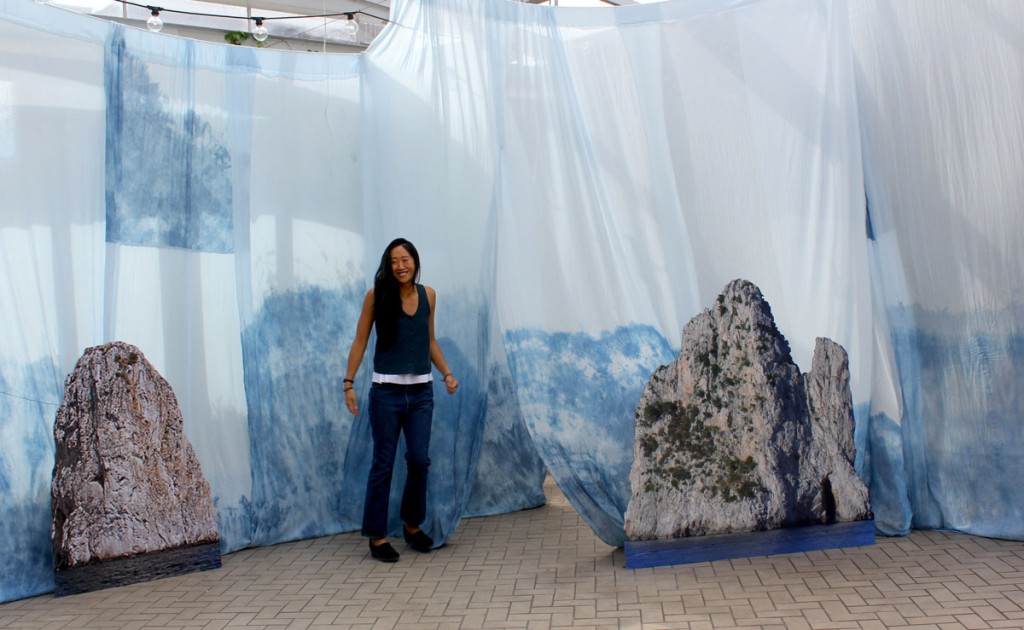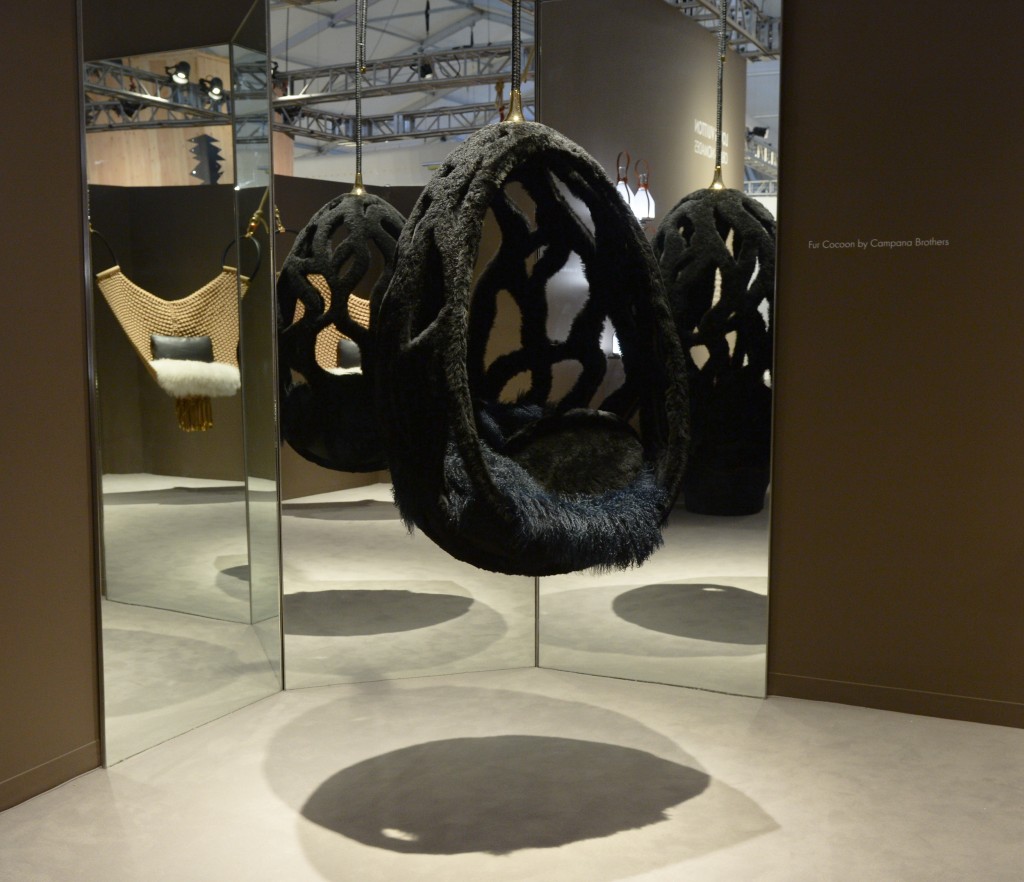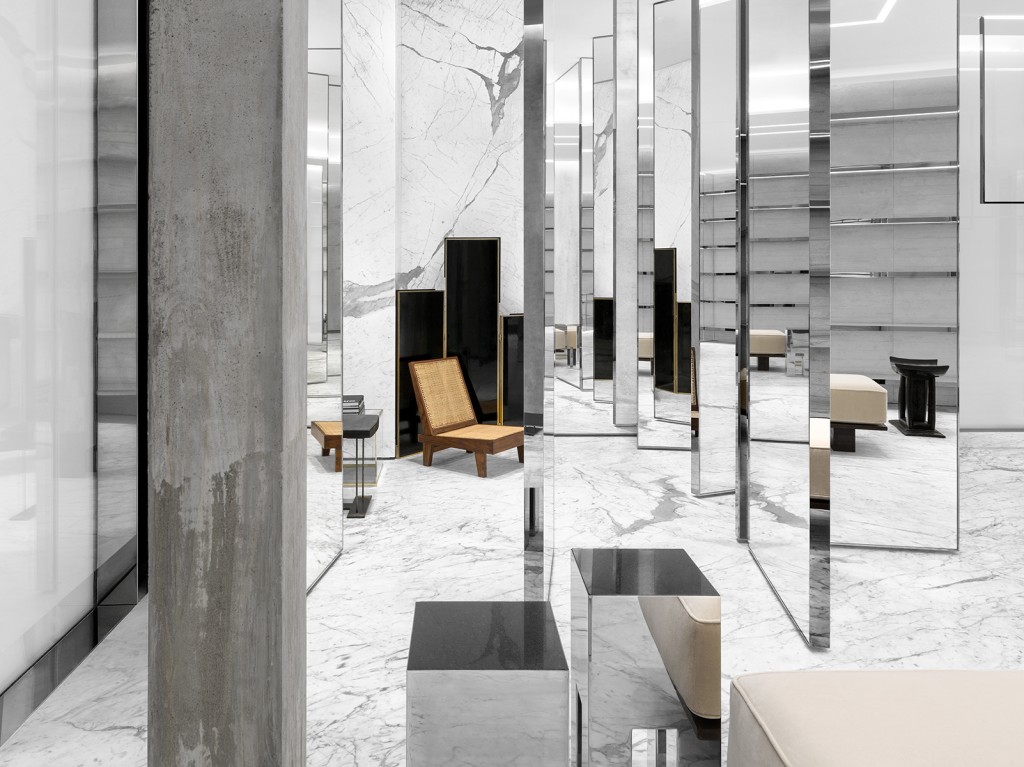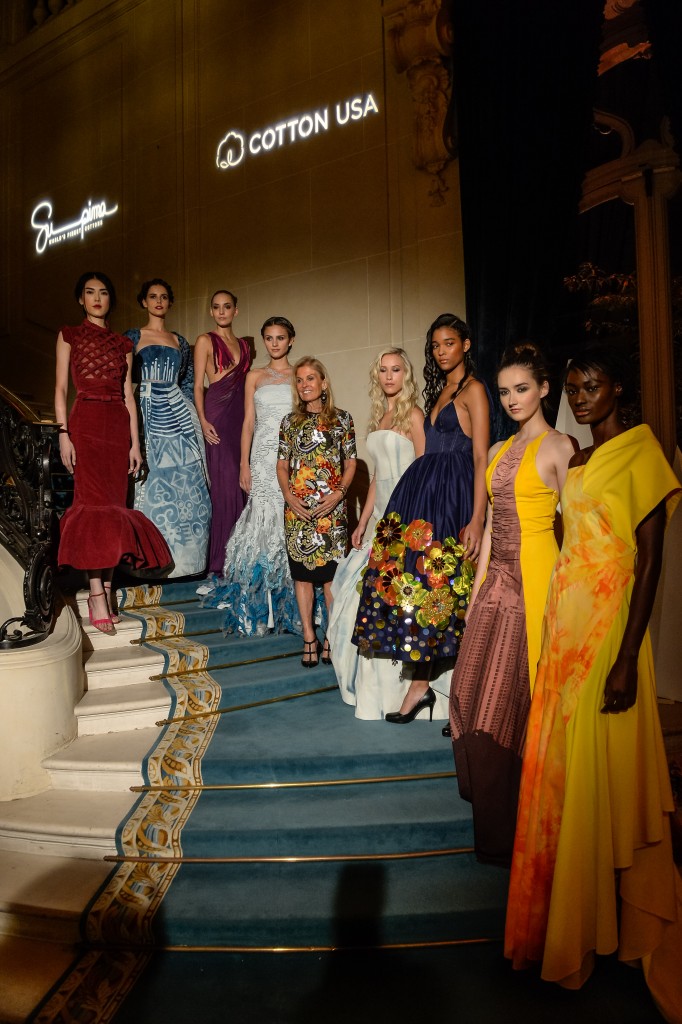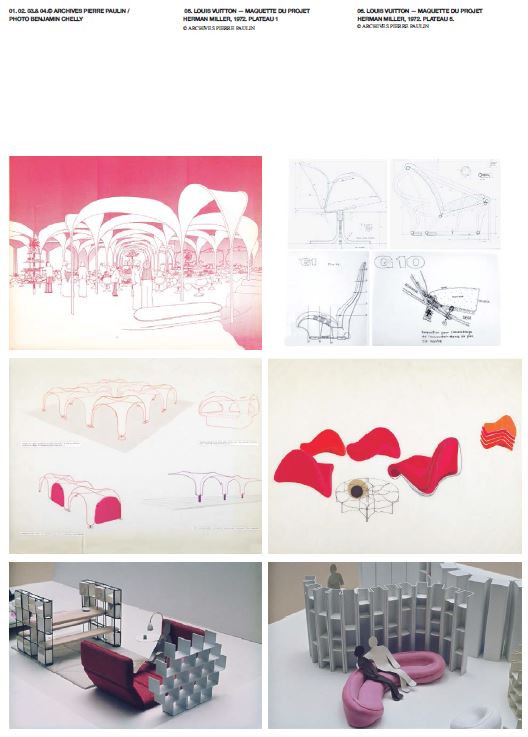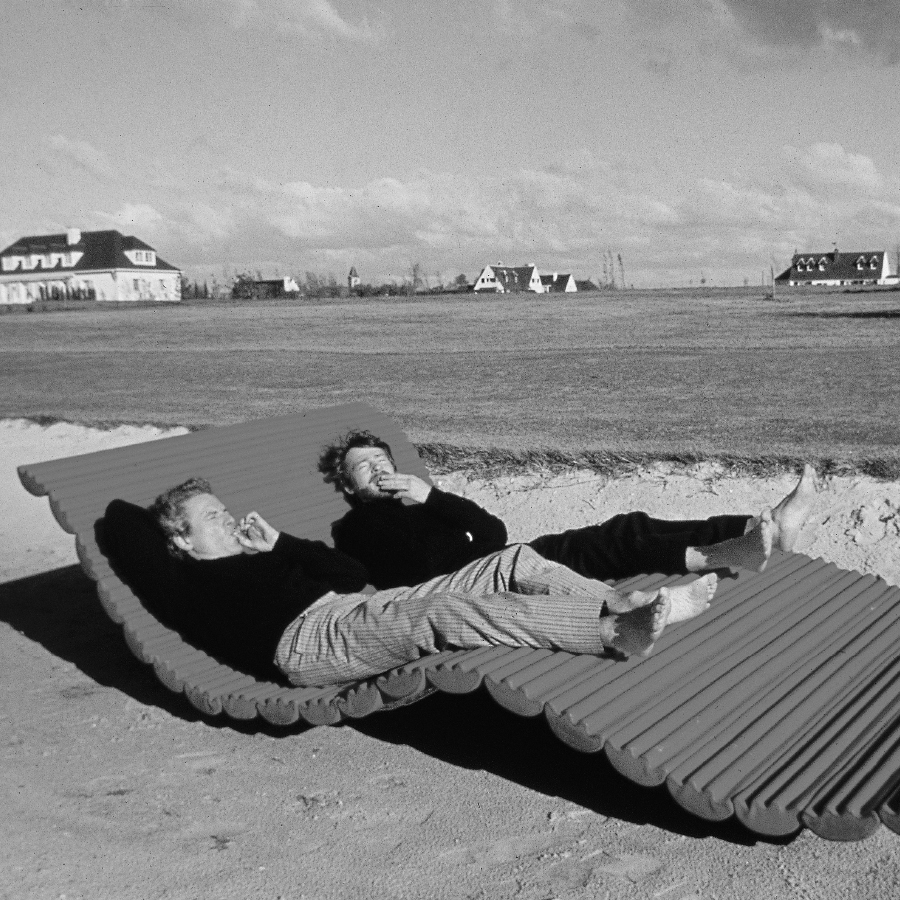
PIERRE PAULIN ON COMFORT
By Crash redaction
ICONOCLAST DESIGNER PIERRE PAULIN WAS ONE OF THE FIRST TO TAKE AN AUTHENTIC INTELLECTUAL APPROACH TO CONTEMPORARY FURNITURE. FROM THE ÉLYSÉE PALACE TO RESIDENTIAL INTERIORS AND AIRPORT TERMINALS, HIS DESIGNS HAVE STUCK FIRMLY IN OUR MINDS AND DEEPLY INFLUENCED OUR TIME. FOR THE TENTH YEAR OF DESIGN MIAMI, LOUIS VUITTON IS KICKSTARTING ONE OF THE DESIGNER’S UNFINISHED PROJECTS, “PLAYING WITH SHAPES”, ORIGINALLY CONCEIVED IN 1972. USING THE ORIGINAL MOCK-UP OF THIS UNRELEASED PLAN FOR MODULAR LIVING, LOUIS VUITTON PRODUCED THE ENTIRE SUITE OF FURNITURE DESIGNED BY PIERRE PAULIN, SHOWCASING HIS DISTINCTIVELY SEAMLESS FUSION OF FUNCTIONALITY AND STYLE. TO CELEBRATE THIS INITIATIVE AND THE RELEASE OF “PIERRE PAULIN, L’HOMME ET L’OEUVRE” PUBLISHED BY EDITIONS ALBIN MICHEL, REDISCOVER OUR INTERVIEW WITH THE LATE ICON OF FRENCH DESIGN, ORIGINALLY PUBLISHED IN ISSUE 38 IN 2006.
Career
I’ve had several lucky breaks in my career: I have no degree, nor any certification of any kind, so I’m pretty much a virgin in terms of the French education system. But on some level, that was my salvation. My mother was born in Lucerne and my grandmother in Zurich, which means I’m kind of an outsider, but I don’t blame France in any way, despite the complete misunderstanding of capitalism in France. Economically speaking, capitalism began in Flanders and Northern Italy; France never really entered the system except under Napoleon III and Pompidou, both of whom tried to give the system a boost. Today, we see all sorts of students copying the same attitudes as their predecessors; they aren’t producing anything new, which I think is bizarre. So I escaped to the Cévennes where I’m extremely happy, and I almost never go back to Paris. I’m almost 80, so I feel a bit out of the loop. My life was all over the place until 29, when I started working with Artifort. I traveled a lot, which was good because at the time I was stuck in a very French context which made it impossible for me to find a design firm I could work with. It was very worrying and almost made me move to the US. But my wife wouldn’t let me and I didn’t want to take on all that risk anyway.
The influence of the 60s and 70s
I didn’t notice anything around me during those decades: I was in my own world. Some have labeled me Pop, but I’ve never been Pop, unless I was Pop before anyone else. My
idea was to minimize upholstery, and so I invented a chair that did just this. But then another designer copied my idea; and since they offered a certain kind of style and a
quality product, they were invited to Montreal for Expo 67 and not me; which was also because I was against de Gaulle; so my “copier” was the one who got to exhibit the
work! Luckily I was invited to Expo 70 in Osaka. Everything I designed for Artifort was all commercial models, like the Tulip, Ribbon and Ben chairs. I never thought of myself as an artist; I just tried to fill orders in my own way; I never went in for that avant-garde flair. The objects I created responded to economic and commercial concerns.
His iconic pieces
One of the most distinguished pieces is one of the first ones I did for Artifort and which has sold consistently since the 1960s. It’s a seat I call the “F 560” (but retailers call it the “Mushroom”). Inspired by Jean-Sébastien Bach, I gave numbers to all my works. I was influenced by Charles and Ray Eames, and also George Nelson. I did a lot of pieces with the Mobilier National, like the Boudin, the sofa I did with the Schulman brothers. I did a residential concept for the American editor Herman Miller, as they had already done a concept for offices and community buildings at the time. It was very much in the avant-garde mode. I designed the bookshelves, armoires, beds and breakfast nooks. That was in 1970 and 71. Once built you had the option of a complete and fixed interior or something more flexible. The director of design at Beaubourg told me she wanted to acquire it. Didier Krzentowski provided an estimate that I thought was astronomical, but she surprised me and said yes. There was another designer in my family before me: Georges Paulin, who conceived a convertible car top in 1931, then he designed race cars for Delage, Delahaye and Darlmat, a manufacturer in the 15th arrondissement in Paris. My uncle’s Darlmats won the 24 Hours of Le Mans. He also designed a Delage that recently won a Louis Vuitton Classic Award. During the Second World War he carried stretchers for the French Army and also served as an officer in the British Army. He gave them information they needed on the military airfields throughout Pas-de-Calais
and Picardy. He was captured in ‘41 in Occupied France and was executed by firing squad in February or March ’42 at Mont Valérien and no one mentioned him again. The Gaullists never mentioned him because he was already active before anyone was even talking about the Resistance. And though he worked for peace, he did it with a foreign
country, so no one ever recognized his efforts. I never got to take part in an international expo, except the Assises du Siège show at the Musée des Arts Décoratifs and Expo 70 in Osaka. I had a good reputation in the US and Japan and I worked with them a lot, but not in France.
Public commissions
I worked with the Louvre for ten years. I was still unknown, even though I did the furniture for the Salon Carré, the Grande Galerie, the Aile de Flore and the Salon de Flore.
Georges Pompidou
That was a different kind of project. The French administration was looking for someone to furnish the Élysée Palace. Jean Coural, the head of the Mobilier National, didn’t follow contemporary developments, but he had an open mind. So he just subscribed to a few architecture and design reviews from outside France, and that’s how he found three designers: Roger Tallon, Olivier Mourgue and me. They picked me and brought me to Pompidou’s office. I had to design a few coffee tables to go with two magnificent Regency armchairs that were extremely elegant. Then they asked me to design the Élysée’s private apartments. There were a few specifications: Pompidou didn’t want any noise at all, and I didn’t know how to do that! And I wasn’t allowed to change anything that was already there. And there were no blueprints, so I had to take all the measurements with just
the one designer I was working with at the time. After just one night I knew what I wanted to do. The layout consisted in a series of rooms with a circulation space along the windows and a hallway on the other side. I had no choice but to get rid of the parquet, which was in awful shape at the time, and to have a new one made in order to build on
the basis of that. The design contained several juxtaposed elements and a special ceiling for each room. Pompidous’s dining room was exceptionally complex, with the curved
panel blobs and crystal tubes forming a giant chandelier across the ceiling. The panels were made in a type of polyester that I had a boat manufacturer develop for us. Everything came in separate parts and had to be assembled along with the other metal panels covered in fabric.
François Mitterrand
I made some furniture for his office. I got along very well with him. Before getting started, I asked workers from the Mobilier National, who are some very talented style
specialists, to teach me a few things, because, although I was familiar with all the modern techniques, I needed more help with solid wood and inlays. Then I started designing archetypes, like a palmette seat supposed to represent Eastern wisdom, a foldable chair like in Antiquity, a king’s chair and a table that was known as the “Cathedral Table”, since it was composed of aluminum panels that attach to form a big table. It’s one of the most poetic pieces I’ve ever designed. A bunch of more or less symbolic designs like that, and a desk, consisting in a metal structure with lacquered wood elements attached to the base and apron and leather on top. That’s the desk Mitterand ended up using.
exhibition plans
If there are any, I don’t hear about them. Everything I’ve done can be found in stores; those are my exhibition spaces. Just like car companies that have showrooms and sales floors, it’s the same with me. The most rewarding thing is to hear people say they love having your pieces in their homes. The way I see it, we are here to serve the different groups that seek us out. I’ve worked for many different segments because I’ve always created new products, which can be very stressful, in fact. However, I do have one exhibition set for 2007 at Villa Noailles in Hyères.
The ideal home
Where I live in the Cévennes mountains. I have bay windows looking directly onto the mountains. The bedroom is on the ground floor. It’s modelled after Le Corbusier, with light pipes and a concrete ceiling. We are located in the village of La Calmette, on a dry plateau with some enormous boulders around. We also have a patio with plants that get covered in snow during the winter…






